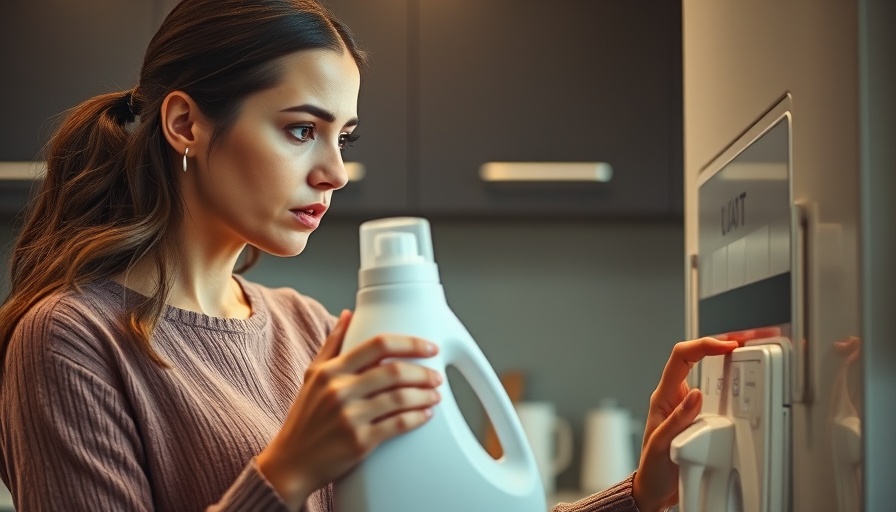
Understanding the Hidden Risks: Toxic Products in Your Home
Every day, families expose themselves to thousands of chemicals, many of which hide in common household products. Cleaning agents, personal care items, and even the clothes you wear can contain harmful ingredients that slowly accumulate in your body, leading to what is known as toxic overload. This article will delve into the dangers of these products and highlight safer alternatives, empowering you to make informed choices for the well-being of your family.
In 'These Toxic Products Are Linked to Cancer (What to Use Instead)', the discussion dives into the dangers of everyday chemicals in our homes, prompting us to explore safer alternatives tailored for families.
What Is Toxic Overload?
Toxic overload occurs when harmful substances in our environment build up in our bodies. Research shows that many chemicals found in everyday products are linked to serious health risks, including cancer. Family members who have had experiences with cancer are especially conscious of these risks. Understanding which products contain these toxic chemicals is crucial for preventing further health issues.
Common Toxic Ingredients to Avoid
Let's explore some of the most harmful chemicals commonly found in household products:
- Parabens: These preservatives are common in personal care products and have been shown to mimic estrogen, increasing the risk of hormone-related cancers, particularly breast cancer.
- Phthalates: Often hidden under the term "fragrance," these chemicals are linked to reproductive and developmental issues. Shifting towards fragrance-free products can help minimize exposure.
- Oxybenzone: This ingredient found in many sunscreens poses risks as it disrupts hormones and may lead to DNA damage. Consider using mineral-based sunscreens with zinc oxide or titanium dioxide.
- Formaldehyde-releasing agents: Used in some shampoos, these can be harmful and are often not directly labeled. Choose products that avoid formaldehyde and its alternatives.
- 1,4-Dioxane: Commonly found in personal care items, it can be harmful and is often concealed in products labeled with PEG compounds.
Choosing Safer Alternatives
Safer alternatives are not only available; they’re becoming more popular among health-conscious families. Here are some healthy swaps you can make today:
- Replace conventional deodorants with natural brands like Schmidz or Native.
- Opt for mineral-based sunscreens such as ThinkPort or Badger.
- Gradually switch to laundry detergents that are free from parabens and phthalates, like Branch Basics.
- Consider simple cleaning agents like vinegar and baking soda, which are effective and safe for your home.
Small Changes, Big Impact
Transitioning to safer products may initially seem daunting, especially for families on a budget. But remember, the goal isn't to throw out all current products overnight; instead, make gradual changes over time. Each small decision contributes to the collective effort of reducing your family's cancer risk.
The Importance of Conscious Consumerism
Being aware of the ingredients in products is crucial. Take time to read labels, research brands, and choose those that prioritize transparency and safety. By doing so, you cultivate a healthier home environment for your family.
In conclusion, living a healthier lifestyle often centers around diet, but it's equally important to pay attention to what we put on and around our bodies. This journey toward safer alternatives is not just a trend; it's a commitment to wellness and safety for your loved ones. With many resources available—such as apps like Think Dirty and EWG's Healthy Living—you are empowered to make choices that protect your family.
For those interested in diving deeper into this topic and exploring more about safe beauty products, subscribe to our updates and stay informed about which products work best and which ones to avoid.
 Add Row
Add Row  Add
Add 


Write A Comment